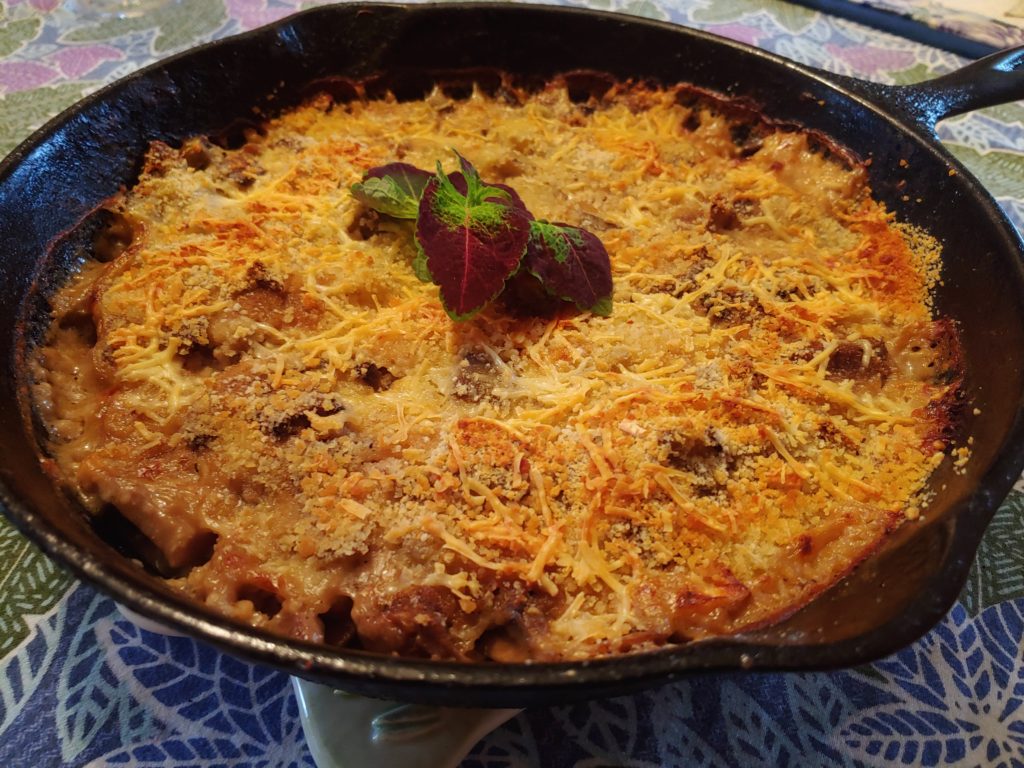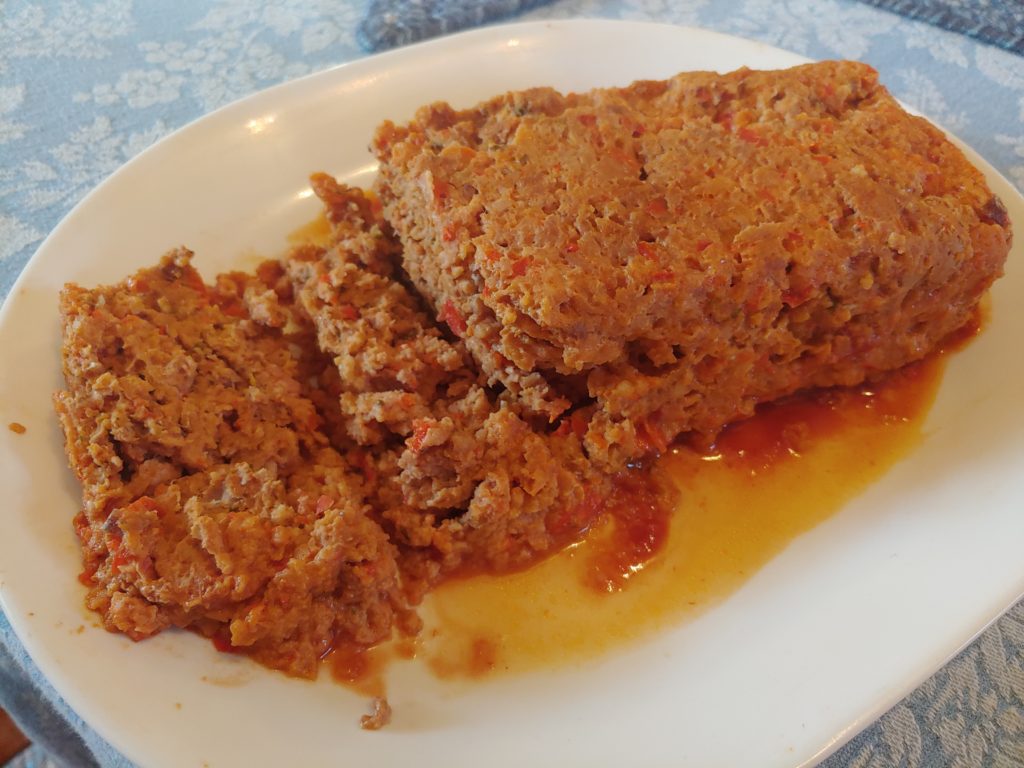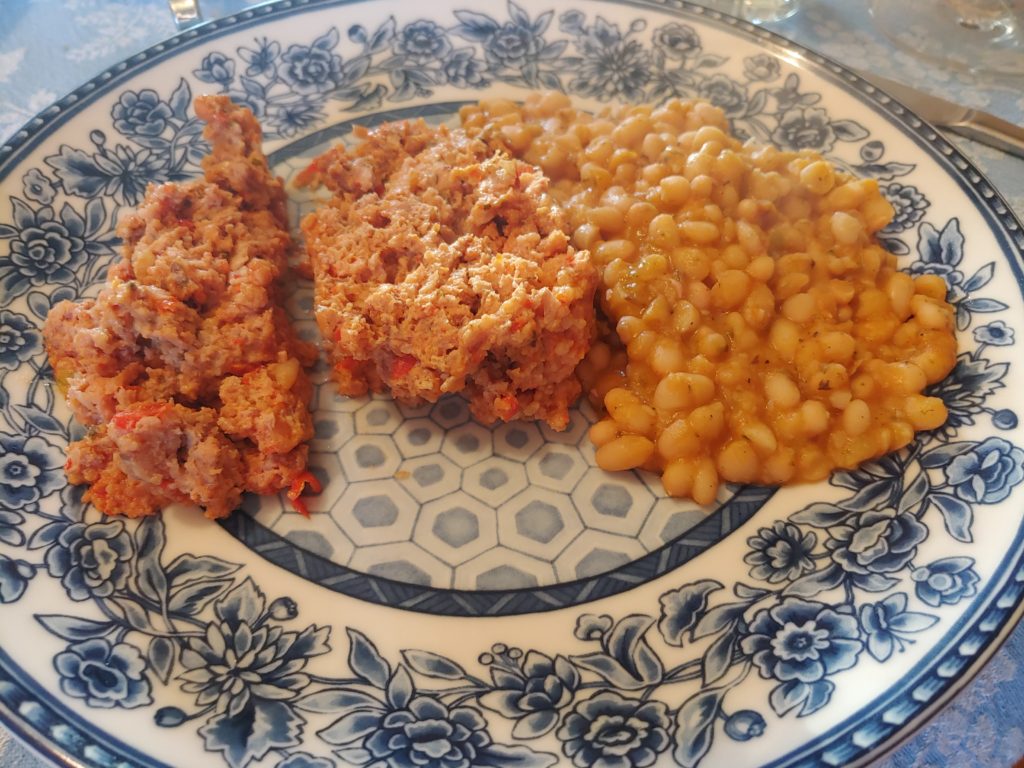Once in a while I have to go back to classical French cooking. I was not trained in French cuisine. I am a gourmand not a gourmet. What I learned from cooking, I did from experience, coming from a Latino culture where good food and drink is paramount. So, I enjoy dabbling in the French cannon with its rich sauces and elegant inspired creations. Within this vein, one of my favorite dishes is eggplant au gratin. I love this eggplant and mushroom combination replete with cream and butter and delicate spices. This is a special dish for a special occasion. Oh, what the hell, for any occasion where you want something out of the ordinary. During this time of pandemic, what better way to affirm the joy of living and eating well.
Note that for this dish, you can use whatever mushroom desired. I use a combination of white button mushrooms and portobello. But I’m sure the dish will go well with shiitaki, crimini, chanterelle, porcini, whatever. I do insist on fresh mushrooms. This time around the canned variety just won’t cut it. I’m not being elitist, just practical.
EGGPLANT AU GRATIN
Ingredients:
1 pound eggplant
Salt to taste
½ pound fresh mushrooms
Juice of ½ lemon
1½ tablespoons flour
½ cup milk
¼ cup heavy cream
Freshly ground pepper to taste
Few drops of Tabasco Sauce
¼ teaspoon nutmeg
1 egg, lightly beaten
3 tablespoons bread crumbs
3 Tablespoons Parmesan cheese
Instructions:
- Preheat oven to 425º.
- Peel eggplant and cut into 1-inch cubes, more or less. Drop cubes into boiling salted water and cook about 5 minutes or just until done. Drain well.
- Meanwhile, slice mushrooms. You should have about 3 cups. Heat 1 tablespoon butter in a skillet over medium heat. Add mushroom slices. Sprinkle with salt and about 1 teaspoon lemon juice. Cook, stirring, until wilted and juices come out. Continue cooking until liquid evaporates. Set aide.
- Melt 1½ tablespoons butter in a large saucepan. Add flour, stirring with wire whisk. Add milk and cream, stirring rapidly with whisk. When blended and smooth, add salt and pepper to taste, remaining lemon juice, nutmeg and Tabasco to taste. Stir in mushrooms and eggplant. Stir in egg. Spoon mixture into baking dish (preferably 8X10″ pie plate or cast-iron). Sprinkle with a mixture of bread crumbs and cheese. Dot with tablespoon butter.
- Bake for 30-40 minutes, and then brown under broiler for a couple of minutes.
Yield: 4-6 servings.





















